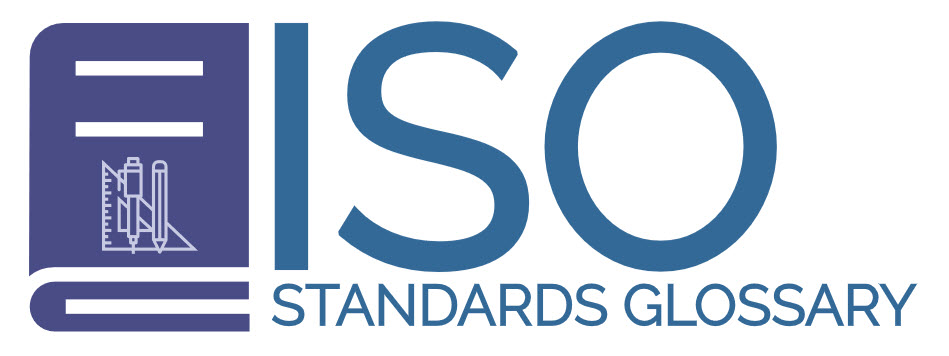Introduction to Toy Safety Standards
Understanding the safety standards for toys and children’s products is essential for manufacturers, retailers, and consumers. These standards ensure products are safe for children and meet regulatory requirements. This article provides an overview of key safety regulations and guidelines, aiming to help readers make informed decisions.
Regulatory Framework
Safety standards for toys are primarily governed by national and international bodies. In the United States, the Consumer Product Safety Commission (CPSC) is responsible for enforcing these standards. Globally, organizations such as the International Organization for Standardization (ISO) and the European Committee for Electrotechnical Standardization (CENELEC) also establish guidelines.
American Standards
In America, the CPSC oversees toy safety regulations. The primary legislation is the Consumer Product Safety Improvement Act (CPSIA), which sets essential standards for manufacturing and testing toys.
Key CPSIA Requirements
There are several crucial requirements under CPSIA that manufacturers must adhere to:
- Lead Content Limits: Toys must not contain more than 100 parts per million (ppm) of total lead content.
- Phthalates Restriction: Six phthalates are limited to concentrations of 0.1% in children’s toys. These chemicals are often used to make plastics more flexible, and restrictions aim to limit exposure to potentially harmful substances.
- Small Parts Regulations: Toys designed for children under three years must not contain small parts, which pose a choking hazard. This particular requirement is critical as young children are prone to put objects in their mouths.
European Standards
The European Union has its regulatory framework under the Toy Safety Directive 2009/48/EC. Compliance with the standards set by the European Committee for Standardization (CEN) is mandatory for toys sold within the EU.
Key European Directive Requirements
The European standards outline requirements to ensure toys are safe for children:
- CE Marking: Toys must bear the CE mark, indicating conformity with EU safety standards. This mark is a visible symbol that the toy meets all applicable health, safety, and environmental protection requirements.
- Chemical Properties: Limitations are set on harmful substances, including specific requirements for allergens and carcinogens. Strict chemical safety standards protect children from exposure to harmful substances.
- Mechanical and Physical Properties: Guidelines ensure toys do not present risks such as choking, strangulation, or injuries from sharp edges. These measures focus on the physical safety of toys, reducing the risk of injury during play.
Testing and Certification
Manufacturers are required to conduct rigorous testing to ensure products meet safety standards. These tests assess mechanical properties, flammability, chemical composition, and electrical safety for electronic toys.
Third-Party Testing: In the U.S., third-party testing from CPSC-accredited laboratories is required, especially for products intended for children under 12. This independent verification is a critical step to ensure compliance with safety standards and gives consumers confidence in the safety of the toys they purchase.
Types of Testing Conducted
Testing procedures vary across different toy categories, reflecting the unique risks associated with each type of toy:
- Mechanical Testing: Assesses the physical safety of a toy, ensuring components do not detach under stress.
- Flammability Testing: Evaluates how quickly a toy can ignite, ensuring it doesn’t easily catch fire.
- Chemical Analysis: Identifies potentially toxic chemicals, ensuring compliance with safety limits.
- Electrical Safety Testing: For electronic toys, evaluating the risk of electrical shocks or overheating.
Consumer Awareness and Product Recalls
Despite regulatory efforts, product recalls occur. Consumers should stay informed about toy recalls to ensure safety. Agencies like the CPSC provide updates on unsafe products and guidance on actions to take. Staying informed involves regularly checking trusted sources for recall information and understanding common risks associated with toys.
Various platforms exist for consumers to get updates on recalls:
- CPSC Recall Information: This resource is available online, enabling consumers to check for potential hazards and report any safety issues with toys.
- Retailer Alerts: Many retailers publish recall information via their websites or email newsletters.
- Social Media: Follow regulatory bodies on social media for real-time updates.
Engaging in these practices helps ensure a safer environment for children and empowers consumers to make informed purchasing decisions.
Best Practices for Manufacturers and Retailers
Beyond regulatory compliance, manufacturers and retailers can adopt additional best practices to enhance toy safety:
- Design with Safety in Mind: Prioritize safety in the design phase, considering potential hazards associated with toy use.
- Educate Consumers: Provide clear instructions and warnings about proper use and age-appropriateness.
- Engage in Continuous Improvement: Regularly review and update safety protocols in line with new research and technological advancements.
Conclusion
Understanding and complying with toy safety standards is crucial for ensuring children’s safety. These regulations protect consumers by reducing risks associated with toys and children’s products. By staying informed about safety standards and recalls, consumers can make educated choices and safeguard the well-being of children.
For manufacturers and retailers, adherence to these standards not only ensures compliance but also builds trust with consumers, reinforcing their commitment to safety. Meanwhile, consumers play a proactive role by staying informed and vigilant, thereby contributing to a safer environment for children worldwide.
Ultimately, the collective efforts of regulators, manufacturers, retailers, and consumers create a safety net that protects children from potential hazards associated with toys. It’s a collaborative endeavor that underscores the importance of vigilance, education, and continuous improvement in maintaining high safety standards in the toy industry.
